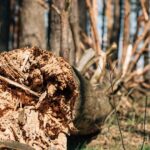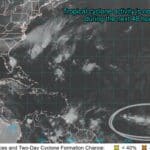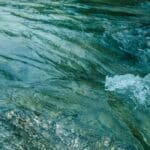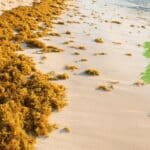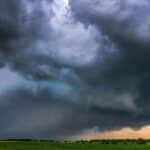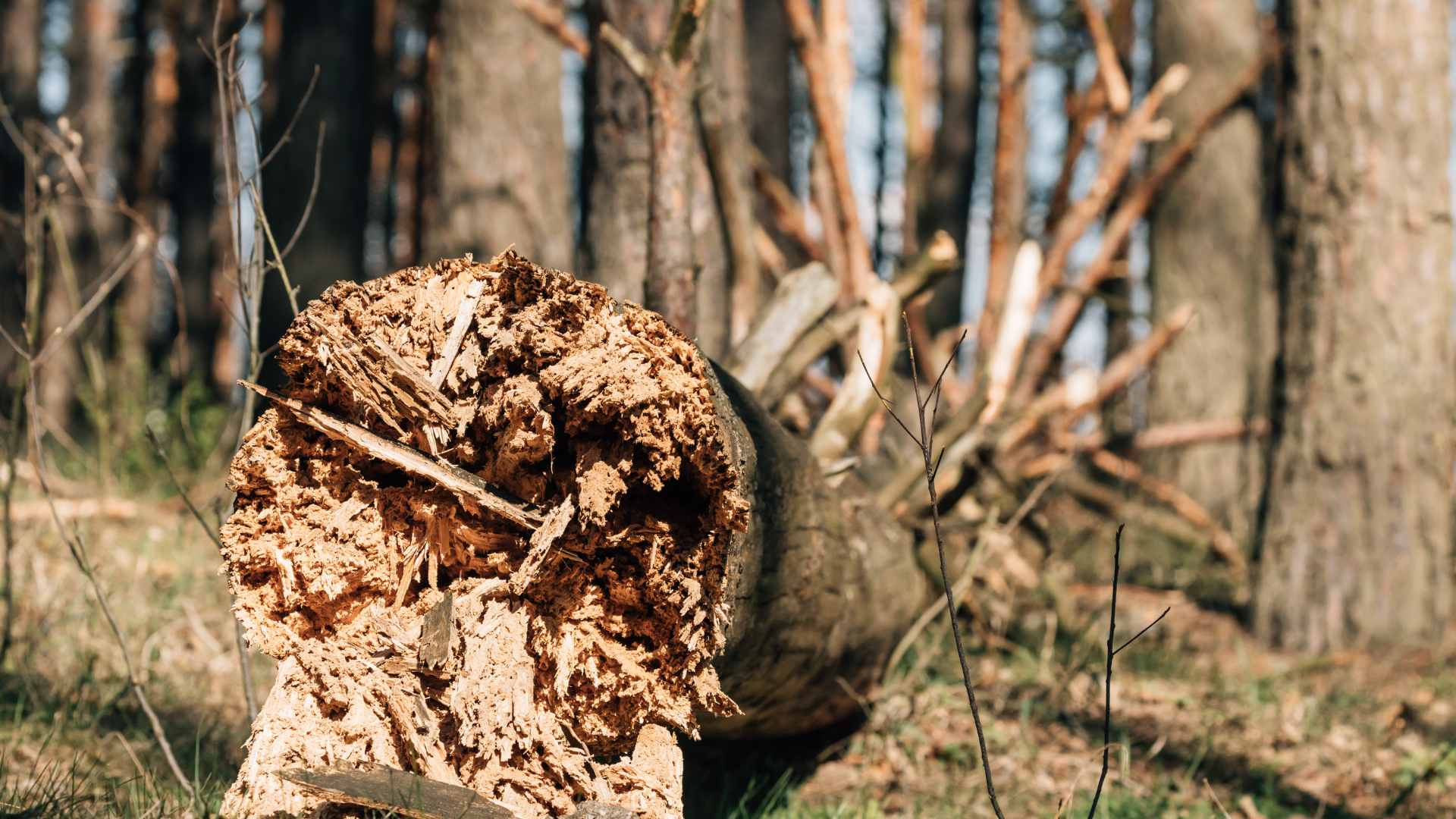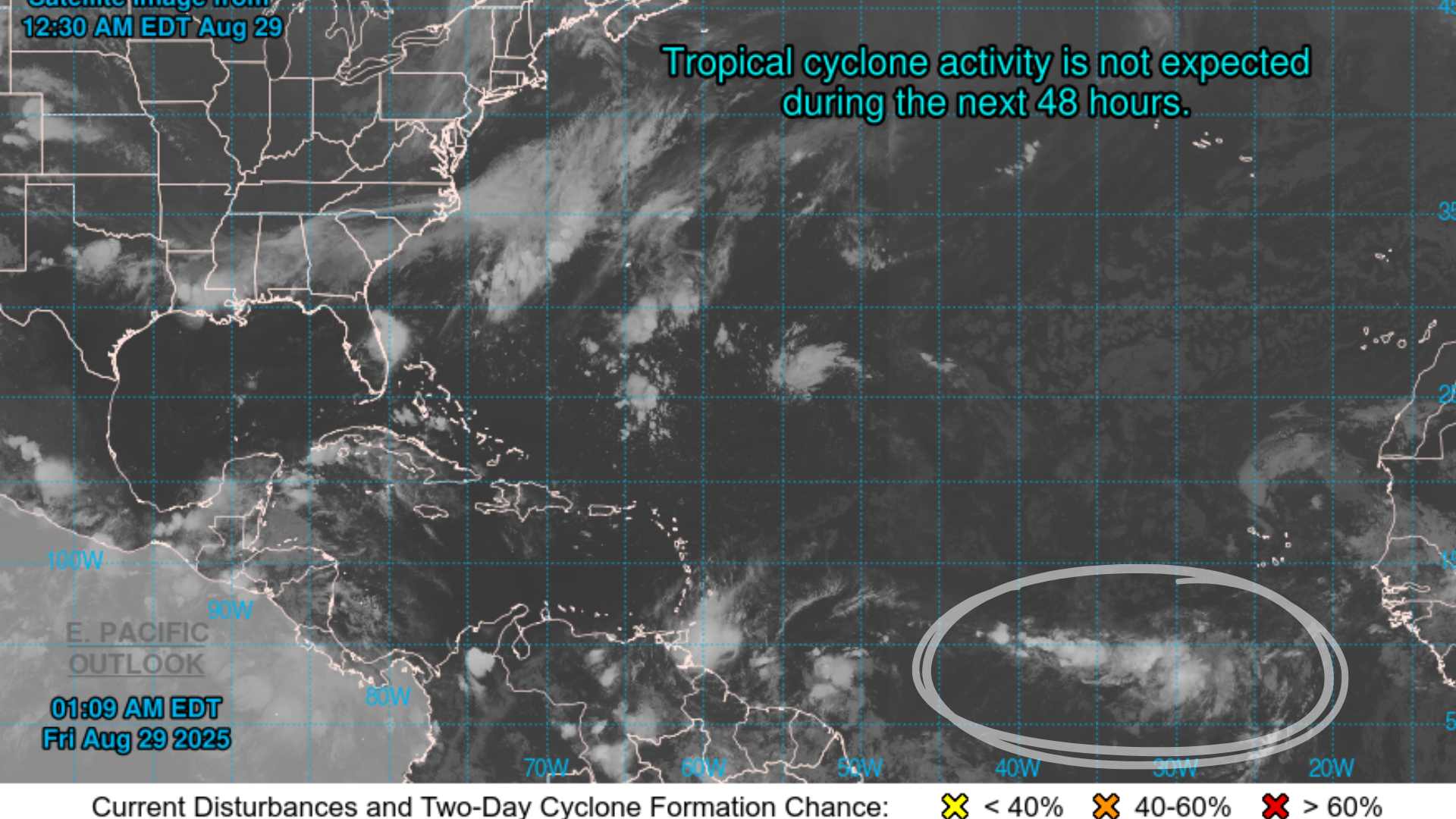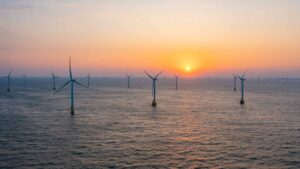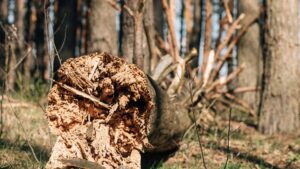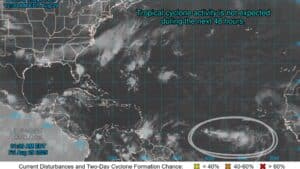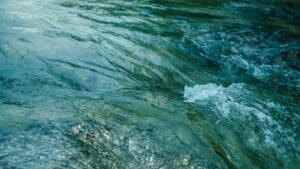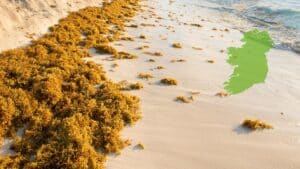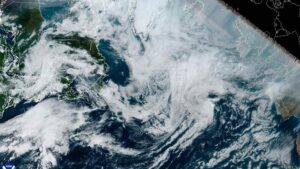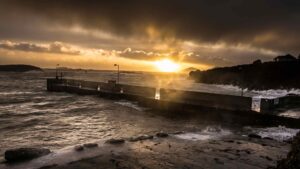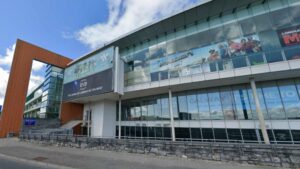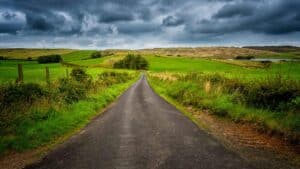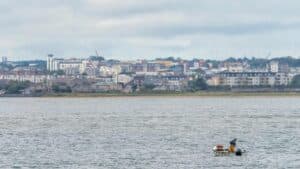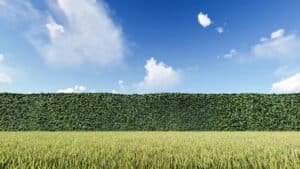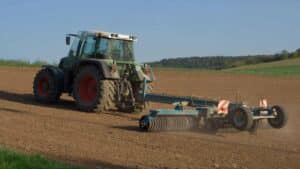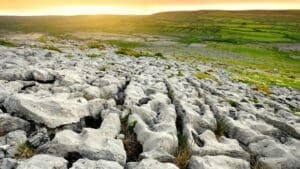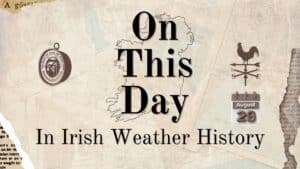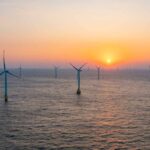
‘Island of the white cow’ welcomes cattle for first time in 25 years
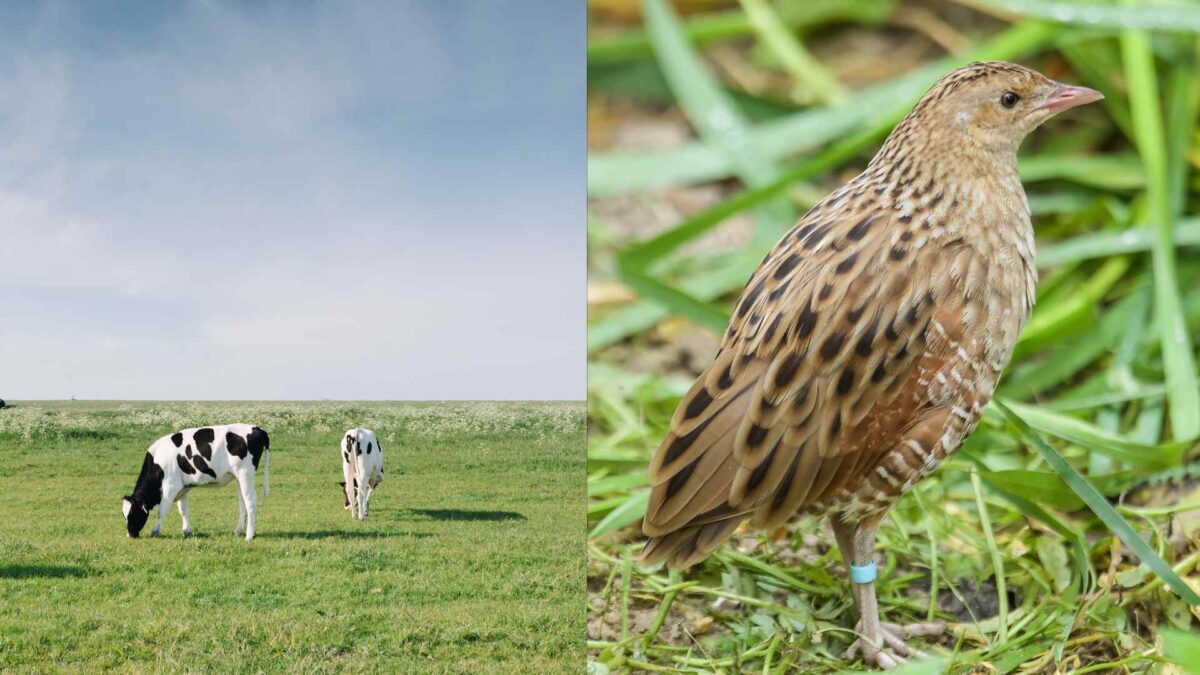
Cattle have returned to the island of Inis Bó Finne (Inishbofin) off the Donegal coast for the first time in more than 25 years, as part of a habitat restoration project aimed at improving conditions for one of Ireland’s rarest birds, the corncrake.
The initiative, led by the Corncrake LIFE Project with support from the National Parks and Wildlife Service (NPWS) and a local farmer, involves using livestock to graze unmanaged grassland. Conservationists say the approach will create a more suitable environment for corncrakes, whose numbers have declined sharply in recent decades.
Inis Bó Finne, a translation of “Island of the White Cow”, is regarded as one of Ireland’s most important breeding areas for the elusive species and. The island community has worked with Corncrake LIFE for several years to restore habitats and support biodiversity, encouraging landowners to adopt traditional farming practices.
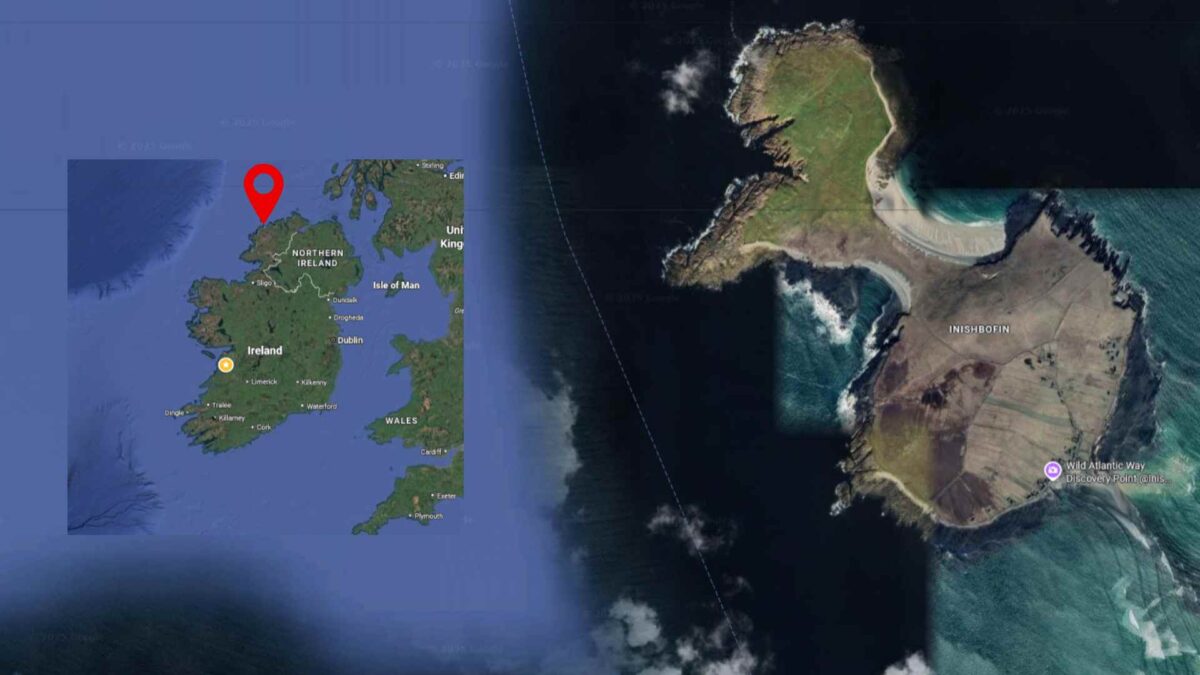
Cattle have not grazed on the island for decades. Their reintroduction will be carefully managed using GPS collars and temporary fencing.
Christopher O’Sullivan, Minister of State for Nature, Heritage and Biodiversity, described the move as “a wonderful example of local communities leading and supporting the conservation of wildlife”.
“Using cattle to restore these grasslands for a threatened species like the corncrake highlights how local knowledge can help solve challenges to nature restoration,” he said. “It also ensures a long-term and sustainable solution to managing land that benefits both farmers and wildlife.”
The arrival of the cattle by barge was a significant day for the islanders, who also unveiled a new mural by artist Donal Doherty, sponsored by NPWS, Corncrake LIFE and Údarás na Gaeltachta. The artwork depicts both the maritime heritage of the community and the corncrake, a bird long associated with the island.
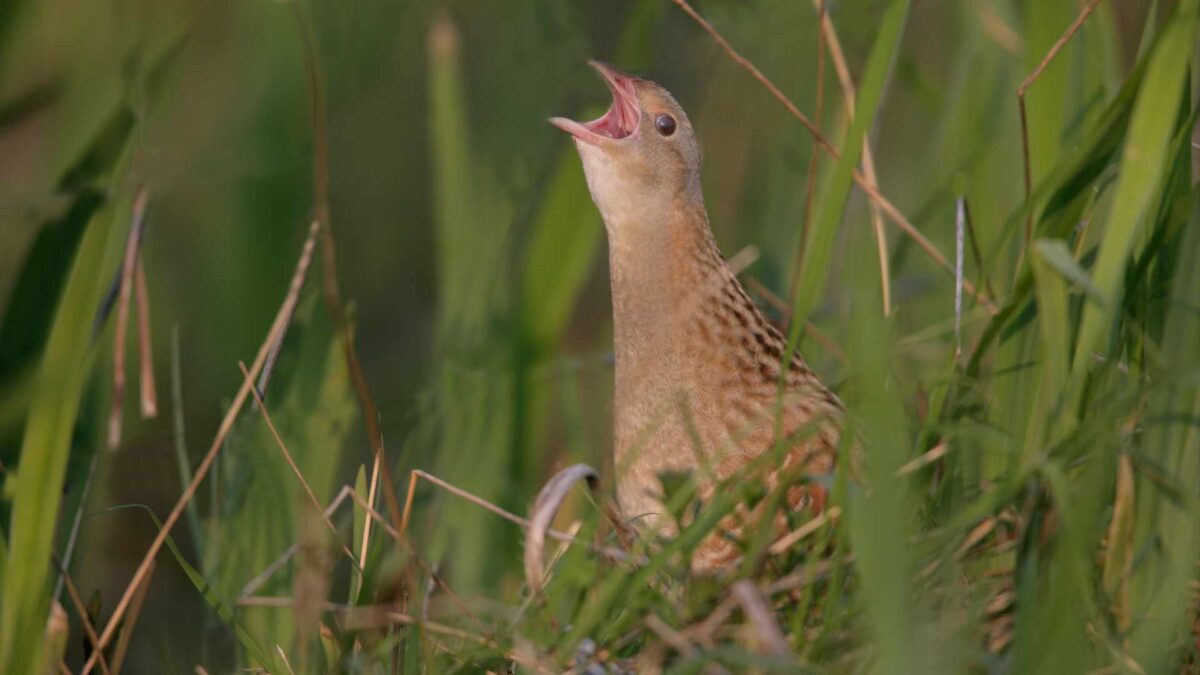
Dr John Carey, project manager with Corncrake LIFE, said the event marked “a very special occasion” for the community and conservationists alike.
“From an ecological perspective, the cattle grazing will transform the quality of the grassland here for many species – birds, plants, insects and more,” he said. “Inis Bó Finne is one of the most important places in the country for the corncrake. The island of the white cow has cows again – and we are so thrilled to help honour a lost tradition.”
The cattle will remain on the island for six to eight weeks, after which the grazed land will be monitored. The LIFE team hopes the practice will become an annual feature of land management on the island.
Earlier work by the project has shown that conservation grazing by cattle can dramatically improve habitat conditions for corncrakes. Care has been taken to ensure that the ground-nesting birds are not disturbed during the process.
Share this WeathÉire story: